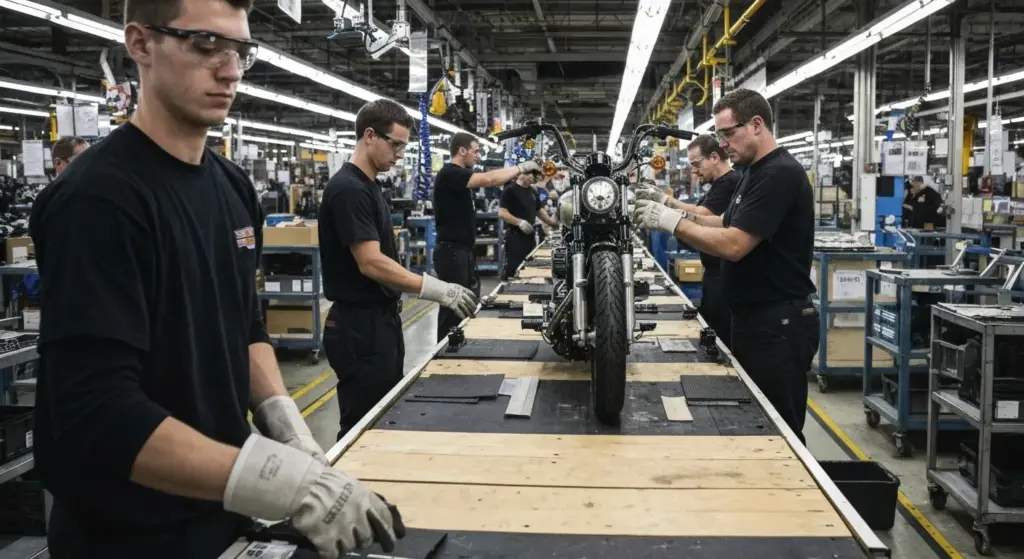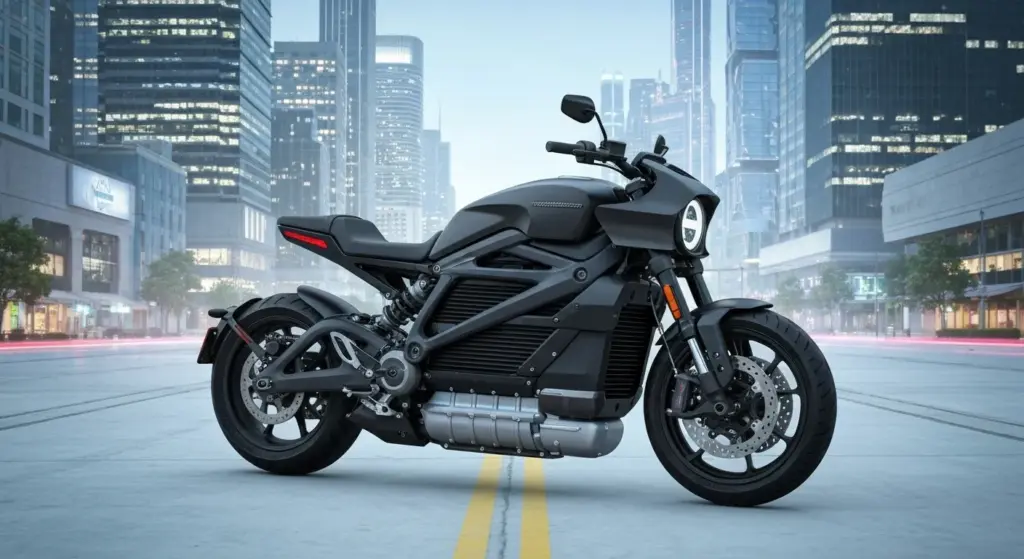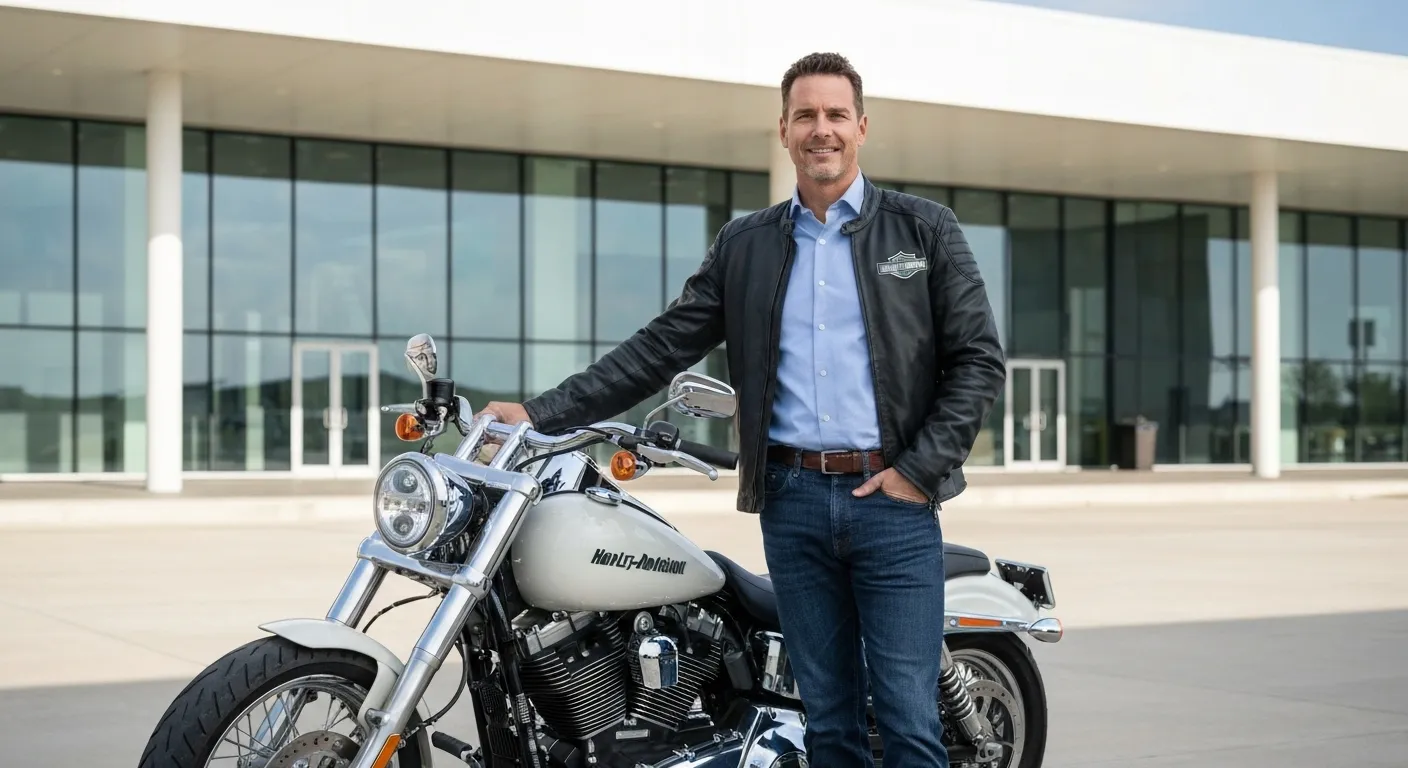If you ride or follow motorcycles in the U.S., the announcement that Harley-Davidson is appointing Artie Starrs as its new CEO starting October 1, 2025 is more than executive gossip. It signals a strategic pivot during a time when consumers are rethinking mobility — leaning into electrics, demanding modern tech, and reining in discretionary spending.
Harley is at a crossroads: its legacy is rooted in roaring V-twin cruisers, but the future is whispering “EV, agility, youth, sustainability.” The new CEO comes in as Harley grapples with tariffs, slowing cruiser demand, and the uphill task of winning younger, urban riders.
For U.S. riders, this change could shift what Harleys look like, how they perform, and whether they stay relevant in a rapidly evolving market. Let’s dig into what’s changing — and what might come next.
Leadership Shakeup & the Strategic Stakes

When Jochen Zeitz announced his planned retirement earlier in 2025, he set Harley on a five-year turnaround strategy dubbed The Hardwire — intended to refocus product lines, improve profitability, and modernize the brand.
Now, Artie (or Arthur) Starrs, currently CEO of Topgolf (a sports entertainment brand with global reach), steps in. He’s known for scaling brands, expanding footprint, and optimizing operations.
This is not a hire of an automotive insider — it’s a pivot toward business growth, brand reinvention, and perhaps cultural repositioning. He’ll also join Harley’s board.
Read this post too: Affordable Harley-Davidson Sprint 2026 Set for U.S. Launch
Zeitz will remain as Chairman and CEO until October 1, and after that serve as senior advisor through February 2026 to ensure continuity.
The stakes are high: Harley has already suspended its full-year 2025 earnings forecast, citing tariff uncertainties and weak consumer demand. The incoming CEO will need to manage costs, revitalize product lines, and reenergize brand appeal — fast.
What This Could Mean for Harley’s Product Strategy (Especially EVs)
One of the biggest wildcards in this transition is how aggressively Harley will push its electric ambitions, especially via its subsidiary LiveWire, which was spun off as a standalone electric motorcycle brand.
LiveWire has struggled with scale (selling ~612 units in 2024) and high operating losses.Starrs may be tasked with accelerating its path to profitability or rethinking its positioning.
Under Zeitz’s tenure, Harley invested in high-margin, niche products and scaled back underperforming models. Starrs may push even more aggressively into electric, lighter bikes, urban mobility, and global expansion.
A likely scenario: more modular EV platforms, tech-focused innovations (connectivity, battery upgrades), and crossovers that blend cruiser heritage with modern appeal.
Please take a look at this post as well: 2025 Harley-Davidson Pan America 1250 Special: 5 Smart Tech Upgrades You Can’t Miss
Financial Strategy, Tariffs & Market Risks

Harley’s decision to pull its full-year forecast signals volatility. The company estimates tariffs could cost as much as $175 million in 2025 due to ongoing trade tensions. Its motorcycle shipments in Q1 fell drastically (from ~41,500 units to ~24,800) year over year.
Under Starrs, Harley’s finance arm (HDFS) may come under renewed scrutiny. Just ahead of the CEO shift, Harley sold part of its finance unit stake (~10%) to raise capital to reduce debt and invest in operations.
In short: Starrs inherits a leaner balance sheet, macro pressure, and the need to balance bold innovation with disciplined spending.
Comparisons: Legacy Harley vs Rivals & What Riders Expect
| Model / Brand | Strengths | Weaknesses / Risks | What Riders Expect |
|---|---|---|---|
| Traditional Harley (cruisers, touring) | Iconic brand, loyal base | Aging demographic, fuel inefficiency | Upgrades in weight, electronics, ride comfort |
| LiveWire EV bikes | Zero emissions, tech features | Range anxiety, high cost, limited scale | Better battery, charging, affordability |
| Rivals (e.g. Honda, KTM, Indian) | Wider product range, lighter bikes | Less brand heritage | More agility, better price-to-performance |
| New entrant EVs (e.g. Electric Harley, others) | Disruption potential | Unproven infrastructure | Faster adoption, seamless app connectivity |
Under Starrs, Harley may shift more resources toward EV models to compete with nimble rivals and electrified motorcycle startups.
Riders used to the rumble of a V-twin may balk, but a smooth, high-torque electric cruiser with connectivity and modern features could widen Harley’s appeal — especially in urban markets.
You should take a look at this post too: Harley’s $6K Game-Changer: The 2026 Sprint Is Finally Real
Early Market Reactions & Anticipated Moves
Media and analysts greeted the announcement with measured optimism. Harley’s stock ticked up ~1 % on news of the appointment. Some skepticism remains: can a leader from entertainment translate to heavy vehicle manufacturing?
Starrs’ background is nontraditional for automotive — his forte is brand scaling, international operations, and modern consumer experience. If Harley leans more into brand experience (flagship showrooms, digital-first buyer journeys, lifestyle positioning), this could be his wheelhouse.
In the coming months, riders should watch for:
- A refreshed roadmap from Harley (especially EV model timelines)
- Announcements of new product lines or concept bikes
- Investments or partnerships in battery / charging infrastructure
- Realigning dealer networks to handle EV servicing
- Messaging to younger riders, women, and urban consumers
Real-Life Impact: What Riders in the U.S. Should Watch
- A shift toward lighter, tech-forward models could mean new mid-size Harleys with more agile handling.
- Price strategy: Will Harleys become more accessible (especially EVs), or stay in premium territory?
- Charging infrastructure / battery warranties will matter. If LiveWire gets pushed harder, riders will demand reliable networks.
- Service / dealer network changes targeting urban vs rural markets — dealers will need to adapt to EV maintenance.
- Legacy Harley owners may get incentive programs to trade up, or support for hybrid models during the transition.
For example, someone eyeing a “Harley-ish” EV cruiser in 2027 might see more options, better tech, and lower total cost of ownership — if Starrs executes well.
✅ Final Thoughts
Harley-Davidson’s CEO change in 2025 isn’t just a boardroom shakeup. It’s an inflection point. The company enters a new era where strategy, innovation, and brand reinvention matter just as much as torque curves and engine displacement.
